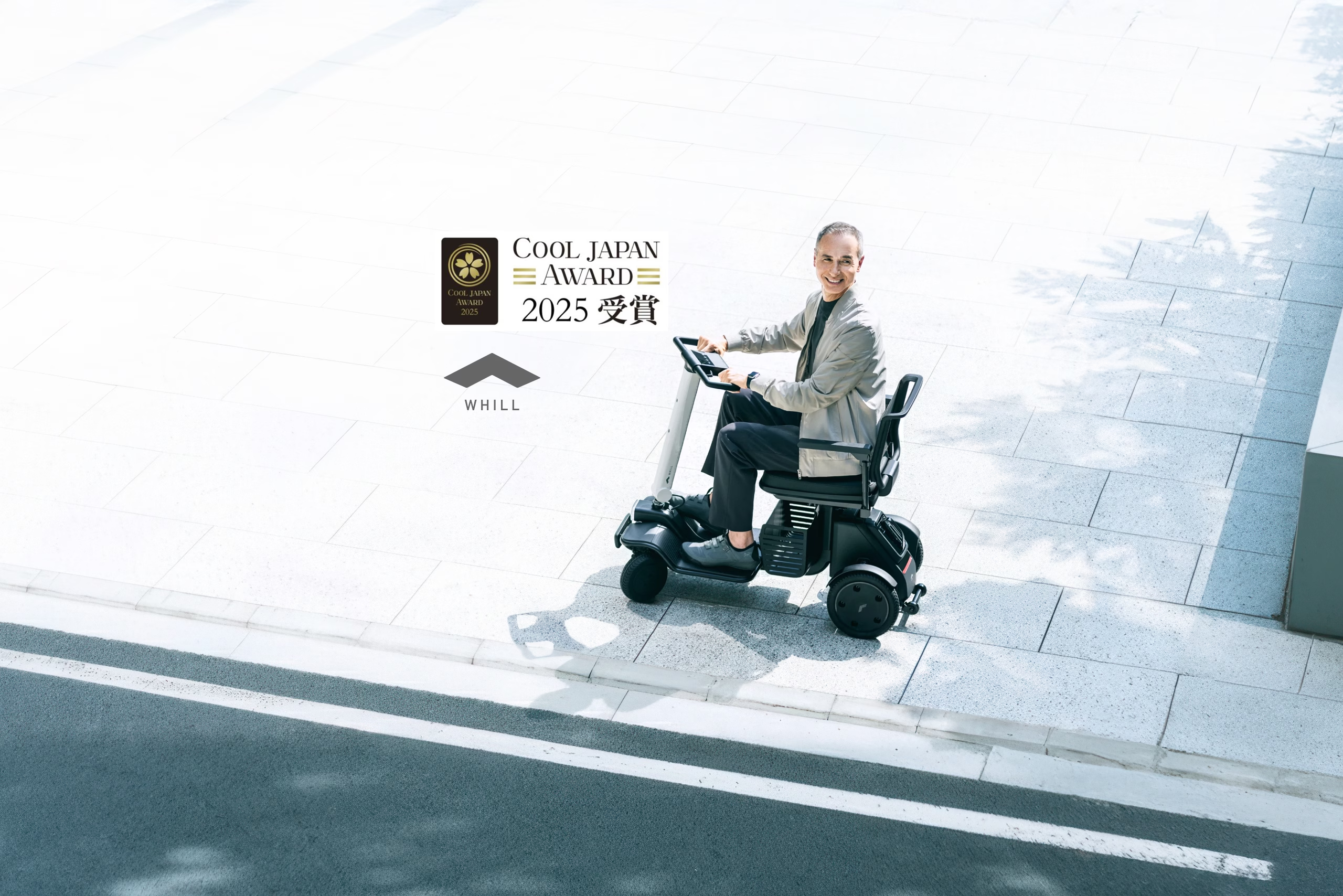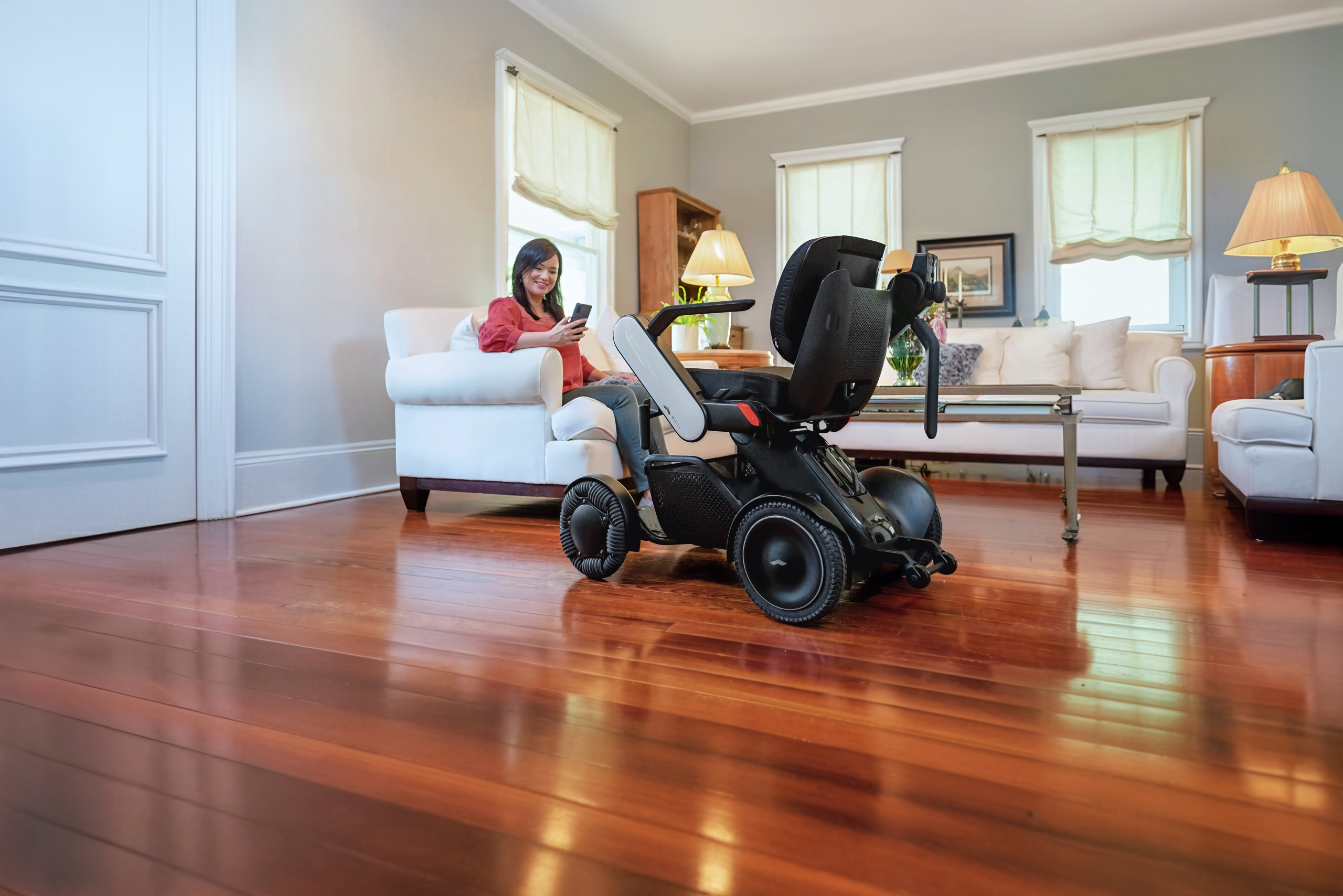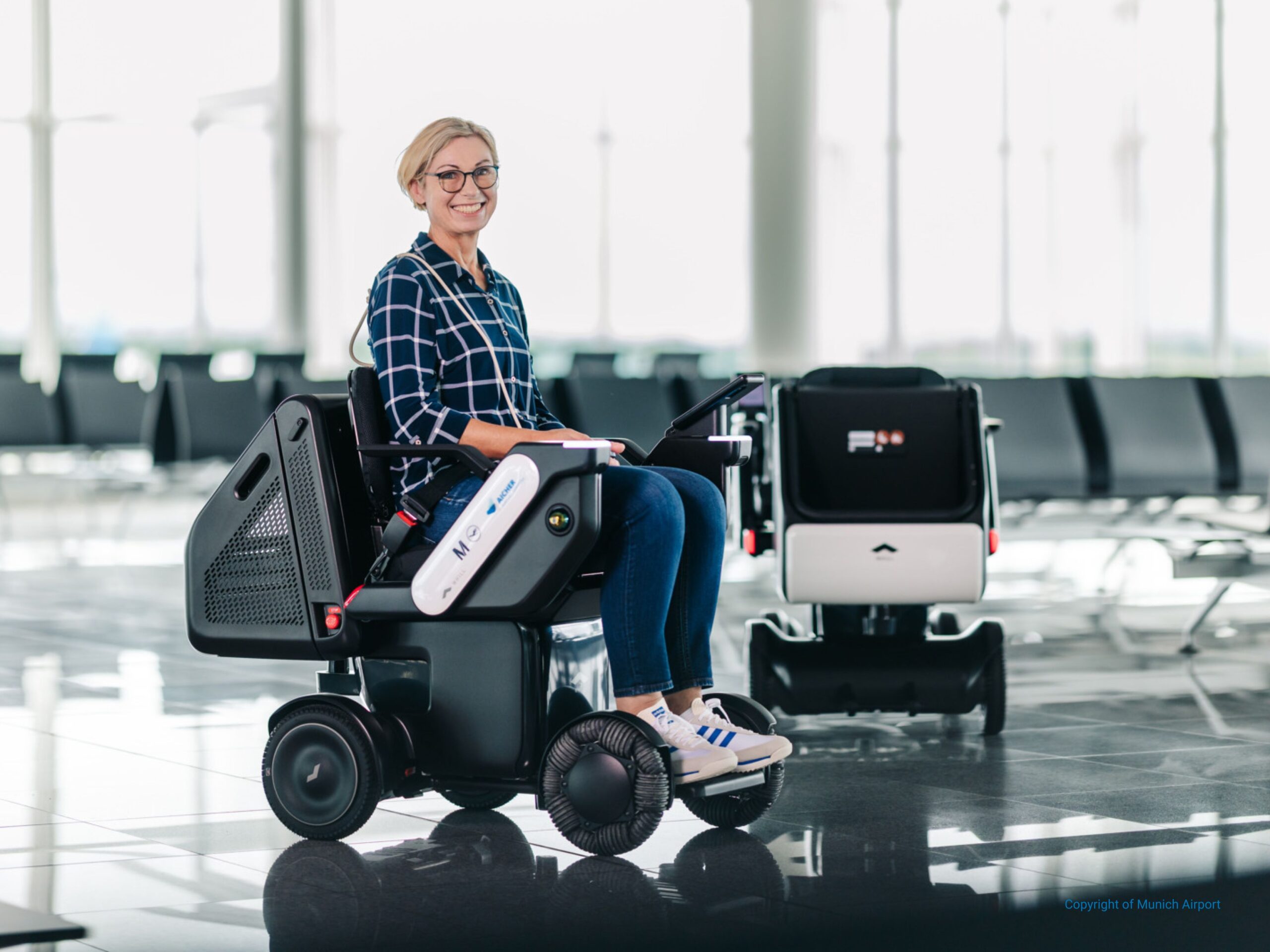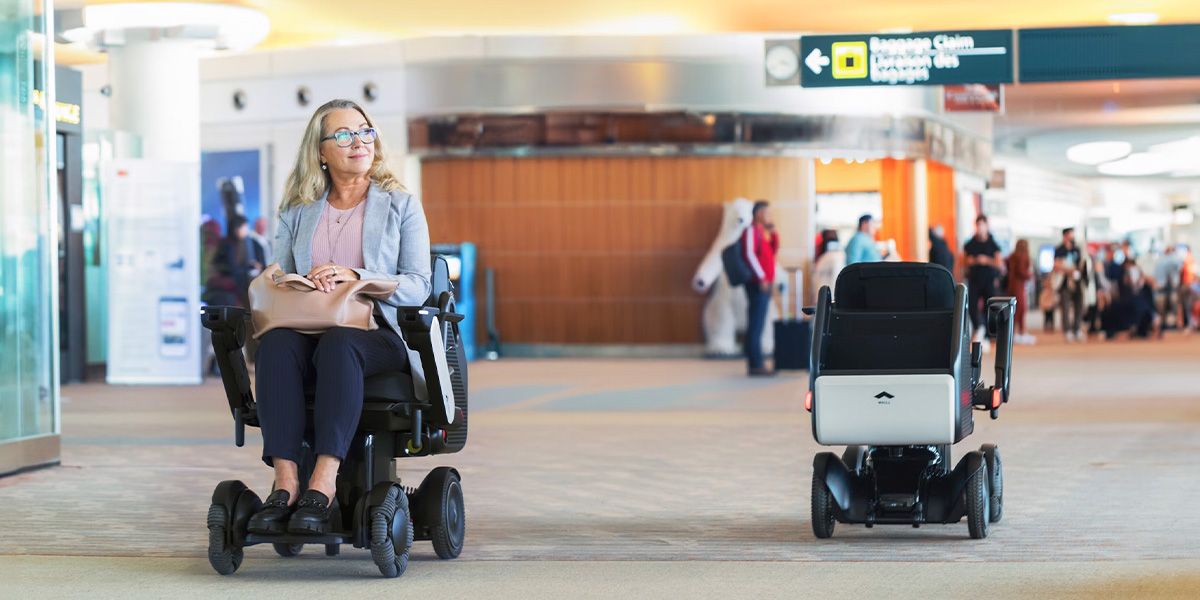WHILL Blog
13 Pro Travel Tips for Visiting Wheelchair Accessible Paris
The last time I visited Paris was in 2000, and I was fully able-bodied at the time. I have so many wonderful memories of that trip, and I’ve been wanting
WHILL Model R Wins COOL JAPAN AWARD 2025
Recognized for its world-class design and functionality, WHILL Model R won the Outbound Award, offering fun and innovative mobility around the world. Tokyo, Japan, August 27, 2025 – WHILL is
The Evolution of Wheelchair Technology
Mobility is more than movement — it’s the foundation of independence, confidence, and life’s adventures. For millions of people with limited mobility, the evolution of wheelchair technology has opened doors
WHILL Awarded METI Prize at Nippon Startup Awards with Praise from Prime Minister Ishiba
Recognized for its social significance and future growth potential for expanding inclusive short-distance mobility to the world. Tokyo, Japan, August 27, 2025 – WHILL, Inc., a leading provider of personal
WHILL Launches Autonomous Services at Munich Airport
Expanding WHILL’s Autonomous Service Across Europe’s Major Hubs Munich, Germany, August 21, 2025 – WHILL, Inc., a leading provider of personal transportation solutions, today announced the launch of the WHILL
Tips for Traveling With a Disability
Traveling offers more than a change of scenery. It is a chance to experience freedom, joy, and personal growth. However, for many individuals with disabilities, especially those who rely on





